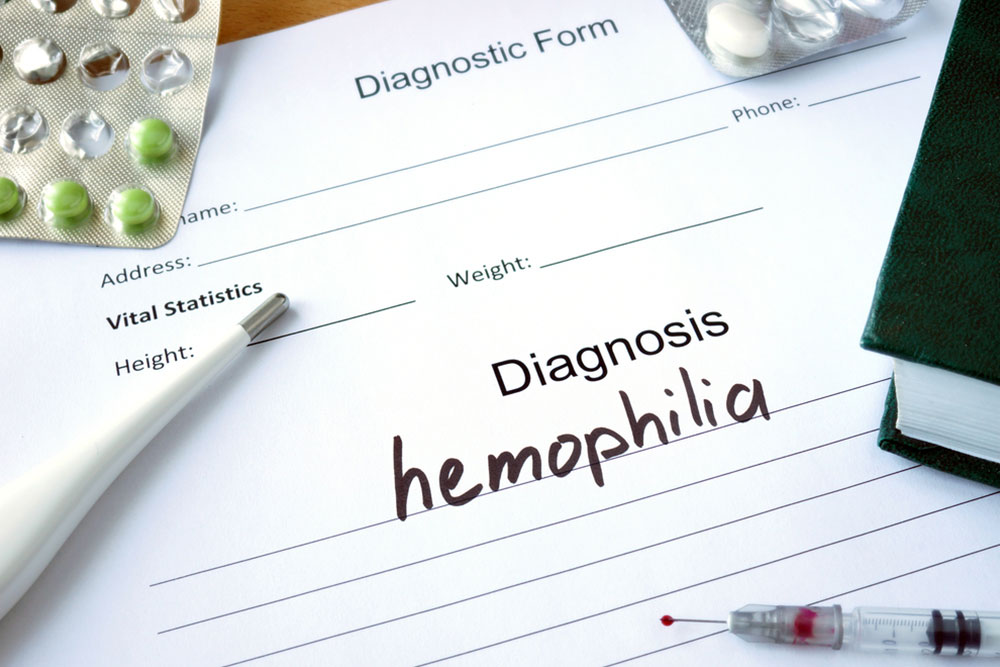Comprehensive Guide to Hemophilia: Causes, Symptoms, Diagnosis, and Treatment Strategies
Hemophilia is a rare inherited bleeding disorder characterized by a deficiency in clotting factors, leading to increased bleeding. This comprehensive guide covers the causes, symptoms, diagnosis, and management options, including clotting factor replacement therapy and emerging treatments. Early diagnosis and personalized care are vital for improving life quality and preventing long-term complications. Advances in medical research, including gene therapy, are offering new hope for patients worldwide. Understanding and managing hemophilia is essential for patients, families, and caregivers to navigate this complex condition effectively.

Understanding Hemophilia: Causes, Symptoms, Diagnosis, and Management
Hemophilia is a rare inherited bleeding disorder that significantly affects the body's ability to form blood clots, leading to excessive bleeding episodes. This condition, which predominantly affects males, stems from genetic mutations that result in a deficiency or dysfunction of specific clotting factors essential for normal blood coagulation. The impact of hemophilia can range from mild to severe, depending on the level of clotting factor deficiency. Recognizing the symptoms early and understanding the management options are crucial for improving the quality of life of those affected.
At its core, hemophilia occurs because the body does not produce enough of certain proteins known as clotting factors, or these factors are malfunctioning. These proteins are vital for the blood clotting process, which prevents excessive bleeding when blood vessels are injured. When clotting factors are deficient, even minor injuries can cause prolonged bleeding, and spontaneous bleeding may occur inside joints or muscles, leading to pain, swelling, and long-term joint damage.
Causes and Types of Hemophilia
Hemophilia is primarily caused by genetic mutations that are inherited from parents. It is classified mainly into two types based on which clotting factor is affected:
Hemophilia A: Caused by deficiency of clotting factor VIII
Hemophilia B: Caused by deficiency of clotting factor IX
This genetic mutation is located on the X chromosome, which explains why the disorder mostly affects males. Females can carry the gene without showing symptoms but can pass it on to their children. Occasionally, hemophilia can occur due to spontaneous mutations, especially in cases without a family history.
Symptoms of Hemophilia
The symptoms vary depending on the severity of the deficiency:
Frequent bleeding episodes, especially after injury or surgery
Spontaneous bleeding into joints, causing swelling and pain
Unusual bleeding from gums or nose
Easy bruising and large, soft hematomas after trauma
Blood in urine or stool in severe cases
In severe cases, bleeding can occur after minor injuries, increasing the risk of joint damage and disability if left untreated.
Diagnosis of Hemophilia
Detecting hemophilia involves a combination of blood tests:
Complete blood count (CBC): To check overall blood health
Clotting factor assays: Measure the levels of clotting factors VIII and IX
Prothrombin time (PT) and activated partial thromboplastin time (aPTT): Assess clotting function
In addition, genetic testing can identify specific mutations, aiding in early diagnosis and family planning. Usually, diagnosis occurs in childhood following unexplained bleeding episodes or after excessive bruising.
Management and Treatment Options
While there is no cure for hemophilia, various treatment strategies effectively manage symptoms and prevent complications. The cornerstone of treatment revolves around replacement therapy, where missing clotting factors are infused into the bloodstream:
Clotting factor replacement therapy: Regular infusions maintain adequate clotting factor levels to prevent bleeding.
Control of bleeding episodes: Prompt treatment during bleeding episodes reduces joint damage and other complications.
Preventative (prophylactic) treatment: Regular infusions to prevent spontaneous bleeding and joint damage over time.
Adjunct therapies: Desmopressin administration can help in mild Hemophilia A cases by releasing stored clotting factors.
In addition, managing bleeding risks involves avoiding medications that impair clotting (such as aspirin), proper dental care, and regular physical activity to strengthen muscles around joints.
Living with Hemophilia: Challenges and Support
Living with hemophilia requires ongoing medical care and lifestyle modifications. Patients are advised to work closely with a hematologist to tailor treatment plans based on their severity. Education about managing bleeding episodes and recognizing early signs of complications is essential for patients and their families.
Advances in gene therapy offer hope for the future, with research focused on providing a long-term solution to correct the underlying genetic defect. World Hemophilia Day and similar initiatives raise awareness, promote early testing, and improve access to treatment worldwide.
Overall, understanding hemophilia — from its causes and symptoms to management and support strategies — is crucial for affected individuals to lead active, productive lives while minimizing complications associated with this complex bleeding disorder.




